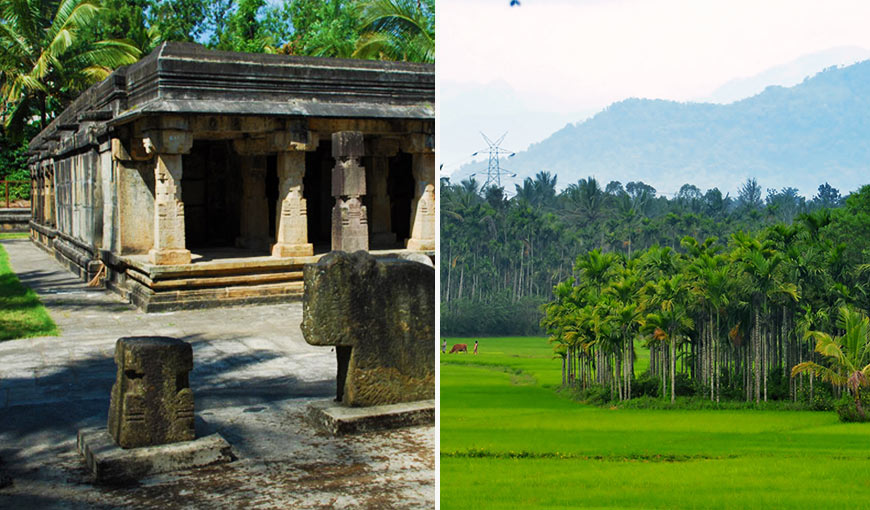Sulthan Bathery

Sulthan Bathery, previously known as Sultan’s Battery, is a town and municipality in Wayanad district of Kerala. It is the largest city in Wayanad district. Sulthan Bathery is situated about 100 kilometers from Kozhikode on NH212 and it was earlier known as Ganapathivattom.
This town was part of Kidanganadu Village, which got its name because of the presence of the Kidangans the tribes. The place owes its new name “Sulthan Bathery” to the erstwhile ruler of Mysore, Tipu Sultan, who during his invasion of the Malabar region dumped his ammunition and parked his artillery battering in an old Jain temple here. The place was hence known as Sulthan Bathery which is a corrupted form of Sultan’s battery. Tipu Sultan also built a fort here, which is in ruins now and a police station stands on the mounds of the fort now.
Sultan Bathery is a historic place whose ancient history is in line with that of Wayanad. Historical records of the area do not exist until the 10th century. In 930 A.D., Emperor Elayapa of the Ganges Dynasty led his army to the southwest of Mysore. After conquering the place, he named it Bayalnad, which means swampy land. After Erayappa, his sons Rachamalla and Battunga fought for the new kingdom inherited from their father. Rachamalla was killed and Battunga became the undisputed ruler of Bayalnad. In the 12th century AD, the Ganges at Bayarnad was deposed by the Kadamba dynasty north of Kanara. In 1104 AD, the Vishnuvardhana of Hoysala invaded Bayalnad, followed by the Vijayanagara dynasty in the 16th century. In 1610 AD, Udaiyar Raja Wadiyar of Mysore ousted General Vijayanagara and became the ruler of Bayalnad and Nilgiris. Bayalnad is the current Wayanad. When Wayanad was under the rule of Hyder Ali, the ghat road from Vythiri to Thamarassery was invented. The British rulers then extended the route to Carter Road.
Situated at an altitude of 1000m above sea level, Sulthan Bathery enjoys a temperate climate throughout the year. The topography interwoven with valleys, plains and mountainous terrain enchants any visitor here.
Once known as a strategic location in the Malabar region, Sulthan Bathery is now the largest town in Wayanad district and is known for its tourism and commercial activities. The pre-historic caves, jungle trails, sparkling streams and rivers and lush greenery of the undulating hills draw a lot of tourists to the region every year. Though tribes constitute the majority of the population, Sulthan Bathery also houses a settler population (those who migrated from various parts of Kerala). The main occupation of the people here is agriculture.
Sultan Bathery has very good road connectivity with south Indian states. The major Road is NH 766 connected to Mysore, Bangalore and Kozhikode, two State highways connected to Ooty and Coimbatore and a state highway connected to Mangalore, Kannur, Thalassery and Kasaragod. Sulthan Bathery is the main transportation hub of Wayanad District. It is close to the border with Karnataka.
recent posts
- Chembra Peak-Ideal Place for Trekking in Wayanad
- Spice Plantation in Wayanad
- Myth Behind Chain Tree in Wayanad
- Phantom Rock
- Kabini River
- Jain Temples at Panamaram
- Wayanad Waterfalls
- Edakkal Caves
- Kanthanpara Waterfall
- Banasura Sagar Dam
- Soochipara Waterfalls / Sentinel Rock Waterfalls
- Neelimala Viewpoint
- Sulthan Bathery
- Pakshipathalam
- Brahmagiri Trek
- Wayanad Wildlife Sanctuary
- Pazhassi Raja and Wayanad
- Monsoon in Wayanad
- Lakkidi View Point

